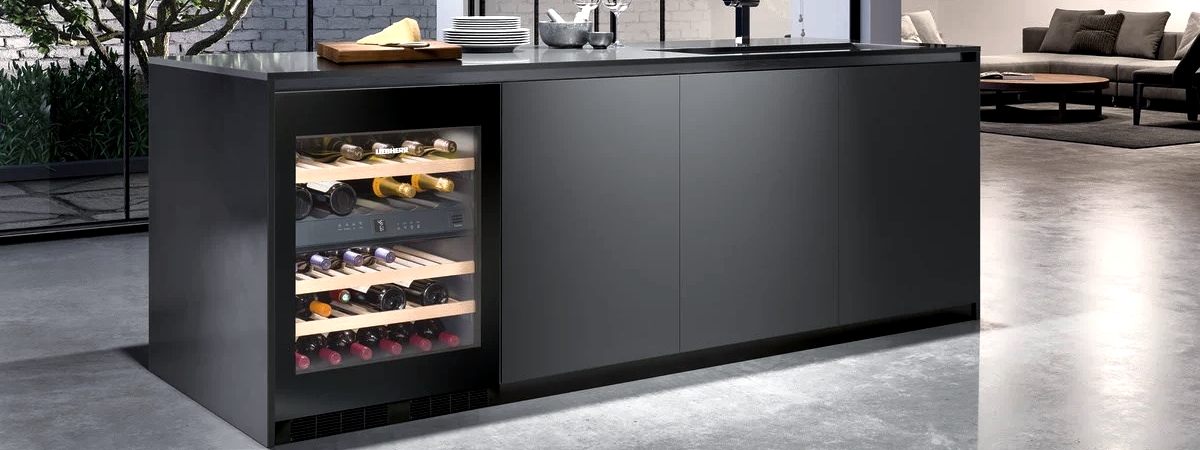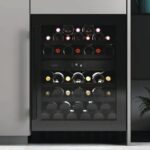Liebherr Wine Cooler Overheating Problems
Post Date: June 12, 2024

Liebherr wine coolers are renowned for their ability to maintain a precise and consistent temperature environment for your precious wine collection. However, even these top-notch appliances can occasionally encounter issues that disrupt their optimal performance. Overheating is one such concern that can not only affect the quality of your stored wines but also potentially damage the cooler itself.
Understanding the Causes of Overheating:
Several factors can contribute to overheating in a Liebherr wine cooler:
-
Environmental Factors:
- Ambient Temperature: If the surrounding environment is excessively hot, the cooler may have to work harder to maintain the desired internal temperature, leading to overheating.
- Ventilation Issues: Restricted airflow around the wine cooler can hinder heat dissipation, causing the interior temperature to rise.
-
Internal Issues:
- Dirty Condenser Coils: Dust and debris buildup on the condenser coils can impede heat transfer, causing the compressor to work overtime and potentially overheat.
- Faulty Fan: The fan plays a crucial role in circulating cool air inside the cooler and expelling hot air. A malfunctioning fan can disrupt this airflow, leading to overheating.
- Refrigerant Leaks: Leaks in the refrigerant system can cause a loss of cooling capacity, forcing the compressor to run continuously and potentially overheat.
- Compressor Problems: A faulty or damaged compressor, the heart of the cooling system, can lead to inefficient cooling and overheating.
DIY Solutions for Addressing Overheating:
Caution: Unplug the appliance before attempting any repairs!
-
Optimize Environmental Conditions:
- Ensure Proper Ventilation: Place the wine cooler in a well-ventilated area with at least 4 inches of clearance around it. Avoid placing it in direct sunlight or near heat sources like ovens or stoves.
- Monitor Ambient Temperature: Ideally, the ambient temperature should be between 60°F and 75°F (15°C and 24°C). If the room temperature is too high, consider using air conditioning or fans to cool the surrounding area.
-
Clean the Condenser Coils:
- Locate the Condenser Coils: The condenser coils are usually located at the back or bottom of the wine cooler. Consult the user manual for your specific model’s location.
- Cleaning Process: Turn off the cooler and unplug it. Use a soft brush or vacuum cleaner with a brush attachment to carefully remove any dust, debris, or spider webs from the condenser coils. Avoid using water or harsh chemicals.
-
Check the Fan:
- Inspect the Fan Blades: Ensure the fan blades are free of dust or debris that might obstruct airflow.
- Test the Fan: Turn on the cooler and listen for the fan running. If the fan is not running or making unusual noises, it might need to be replaced.
-
Inspect for Refrigerant Leaks:
- Signs of a Leak: Look for signs of oil or refrigerant stains around the cooling coils or compressor. If you suspect a leak, it’s best to call a qualified technician for professional diagnosis and repair.
-
Monitor Compressor Performance:
- Unusual Noises: If the compressor is making loud or unusual noises, it might be an indication of a problem.
- Excessive Heat: If the compressor area feels excessively hot, it could be a sign of a malfunction.
Preventive Measures to Minimize Overheating Issues:
- Regular Maintenance: Schedule regular maintenance checks with a qualified appliance technician to ensure the wine cooler is functioning properly and that all components, including the condenser coils and fan, are in good condition.
- Proper Placement: Choose a well-ventilated location for the wine cooler away from direct sunlight and heat sources.
- Temperature Monitoring: Use a thermometer to regularly check the interior temperature of the wine cooler.
- Timely Cleaning: Clean the condenser coils at least every six months to prevent dust buildup.
If you have tried the DIY solutions listed above and your Liebherr wine cooler is still overheating, it’s best to call a qualified appliance technician for professional diagnosis and repair. They have the expertise and tools to identify the root cause of the problem, whether it’s a faulty fan, a refrigerant leak, or a compressor issue. Addressing the problem promptly will not only prevent further damage to your wine cooler but also safeguard your valuable wine collection.





